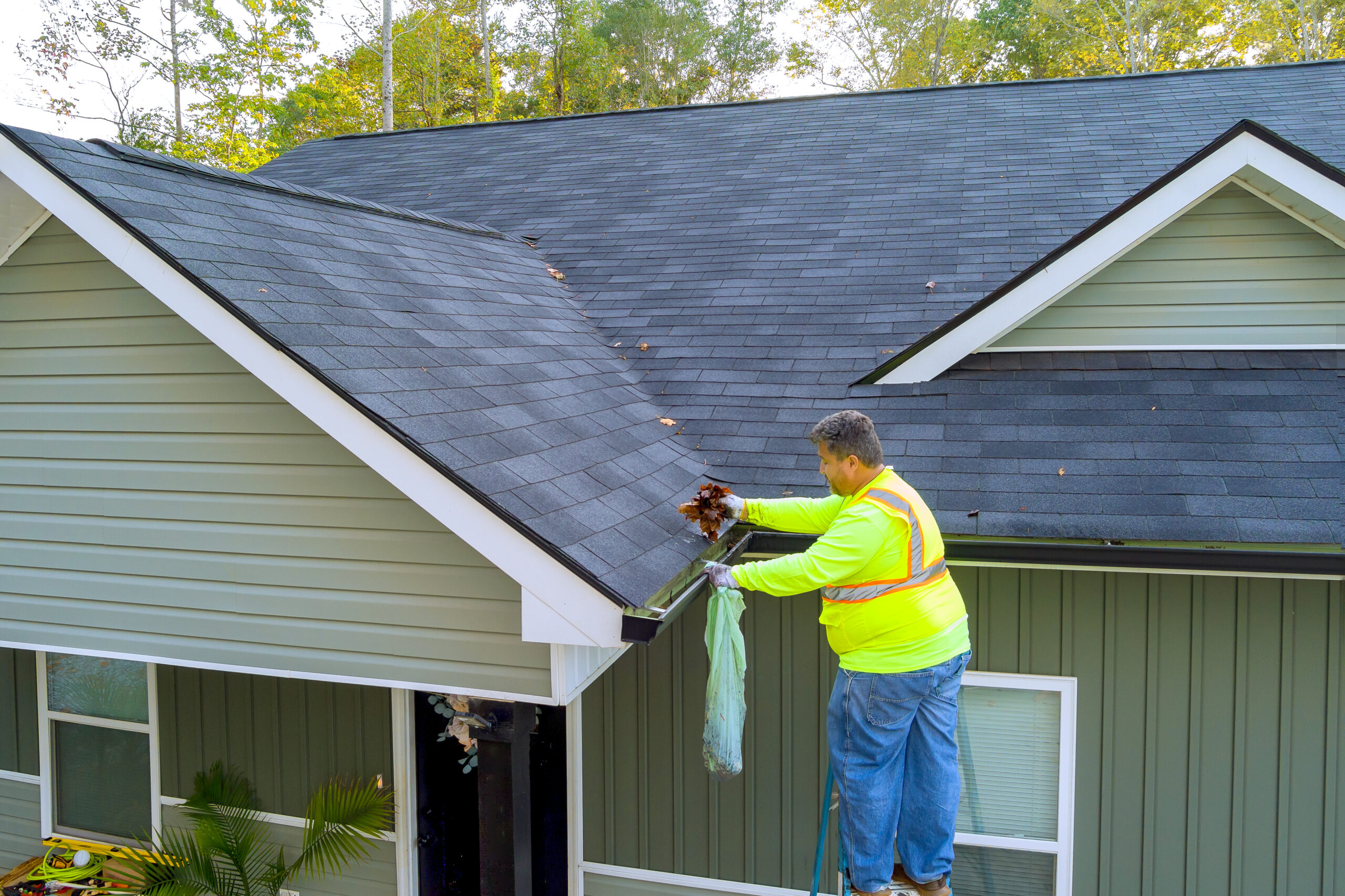It’s no secret that Florida gets a lot of rain—especially here in Orlando where heavy showers and afternoon thunderstorms are a way of life. While most homeowners prepare for hurricanes, many overlook the daily damage rain can cause to their roofs and gutter systems.
Roof rain damage in Florida doesn’t always come from major storms. More often, it’s the frequent, heavy rain combined with clogged gutters and poor drainage that quietly eats away at your roof’s structure. Let’s explore the issues, the warning signs, and what you can do to protect your home.
🌧️ Why Florida’s Frequent Rains Erode Roofing Materials
Florida’s rain isn’t just frequent—it’s intense. When water repeatedly pounds your roof, it wears down protective layers, especially if your roofing material is already aging or sun-damaged.
Here’s how it happens:
- Granule loss on shingles accelerates
- Water collects in low spots or near the edges
- Repeated wet/dry cycles weaken underlayment and decking
If the rain isn’t redirected properly, it seeps into vulnerable areas and causes long-term rot or mold—often without you even noticing.
🌀 The Problem with Clogged or Poorly Installed Gutters
Clogged gutters in Orlando are one of the top causes of roof-related water damage. Leaves, pine needles, and even roof granules build up over time and block proper water flow.
When gutters overflow:
- Water spills onto fascia boards, causing rot
- Moisture pools at the roof’s edge and seeps under shingles
- It can flood landscaping or even your foundation
Improperly pitched or undersized gutters make the problem worse, pushing water back onto your roof instead of away from your home.
🛠️ Roof Valleys, Drip Edges & Drainage Systems
Roof valleys are where two roof slopes meet—and they’re naturally prone to leaks because they funnel large volumes of water in a tight space.
Without proper protection like ice and water shield, flashing, and clean valleys:
- Water backs up
- Debris piles in
- Your roof deck begins to deteriorate
Also, many older Florida homes lack drip edge flashing—a simple metal strip that directs water off the edge of your roof and into the gutter. Without it, water can travel backwards under your shingles.
🚨 Water Damage Warning Signs
Not sure if your roof has a problem? Look for these roof leak signs both inside and outside your home:
- 💧 Ceiling stains or bubbling paint
- 💨 Musty attic smells
- 🪵 Warped or sagging soffits/fascia
- 📉 Gutters pulling away from the home
- 📸 Visible water streaks on siding
Even one of these signs can mean a hidden leak is already forming.
✅ What You Can Do Today
Protect your home from Florida’s daily downpours by taking a few simple steps:
- Clean gutters at least twice a year
- Inspect gutters for sagging or separation
- Install drip edge flashing if missing
- Schedule a drainage and roof inspection before rainy season begins

